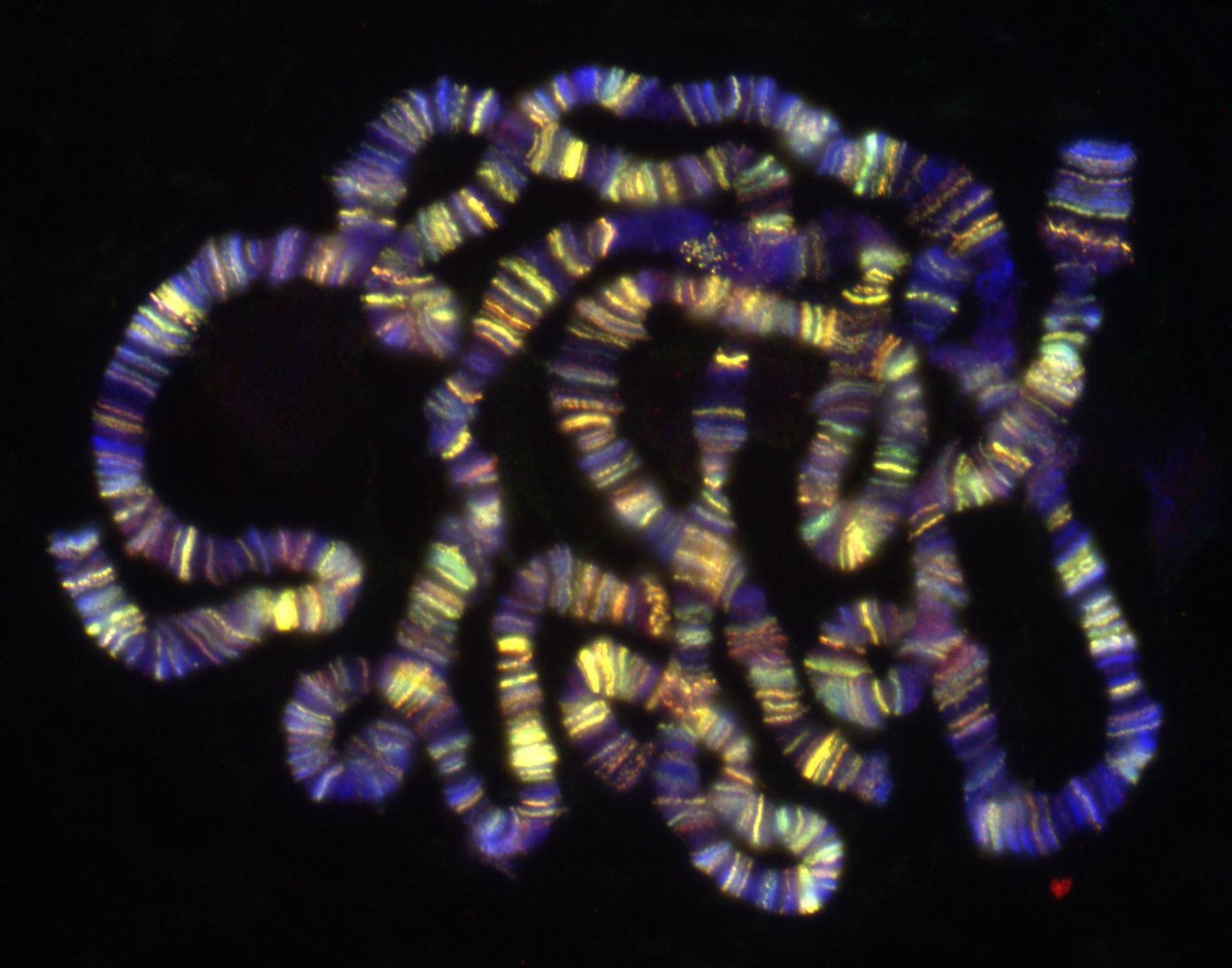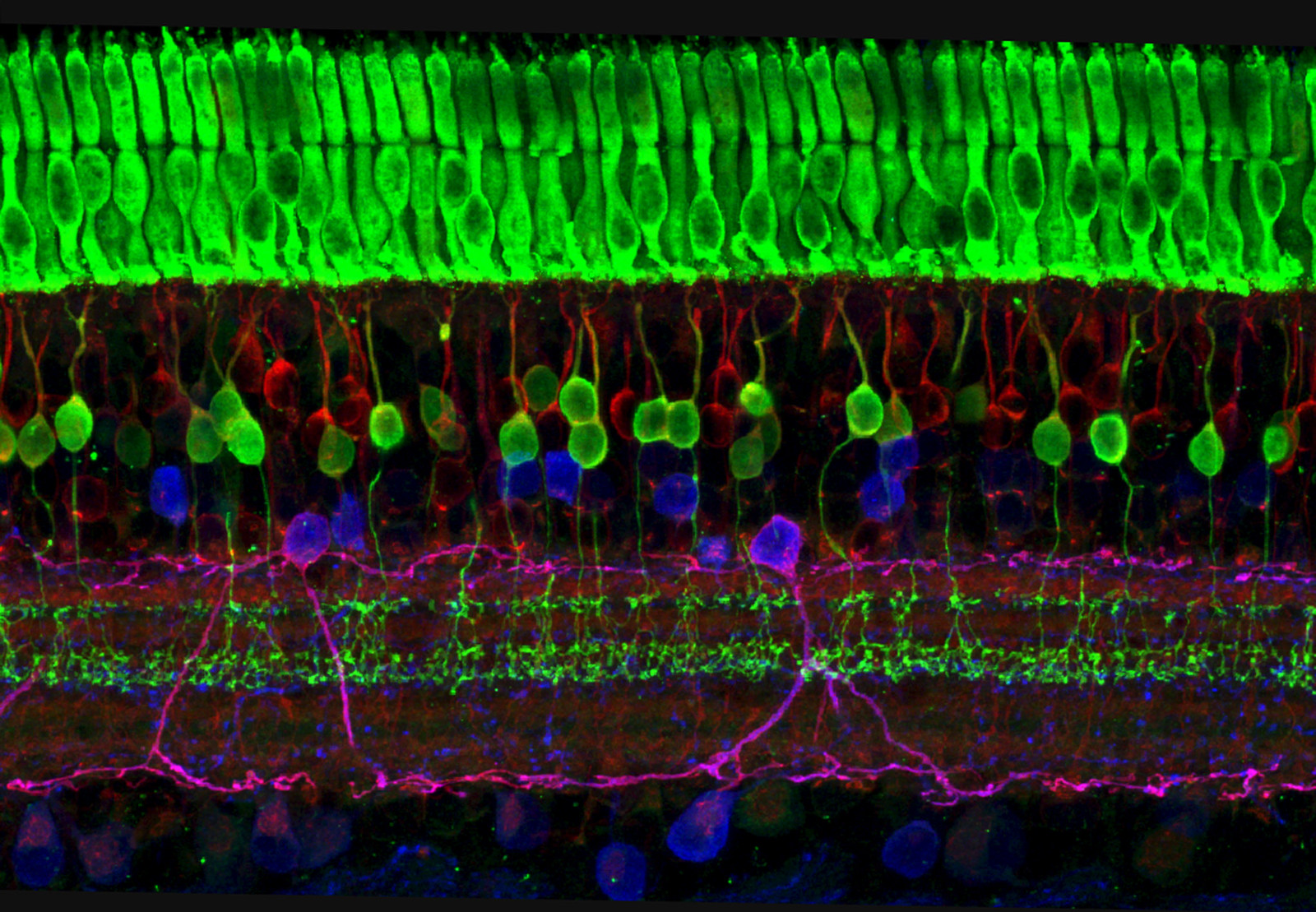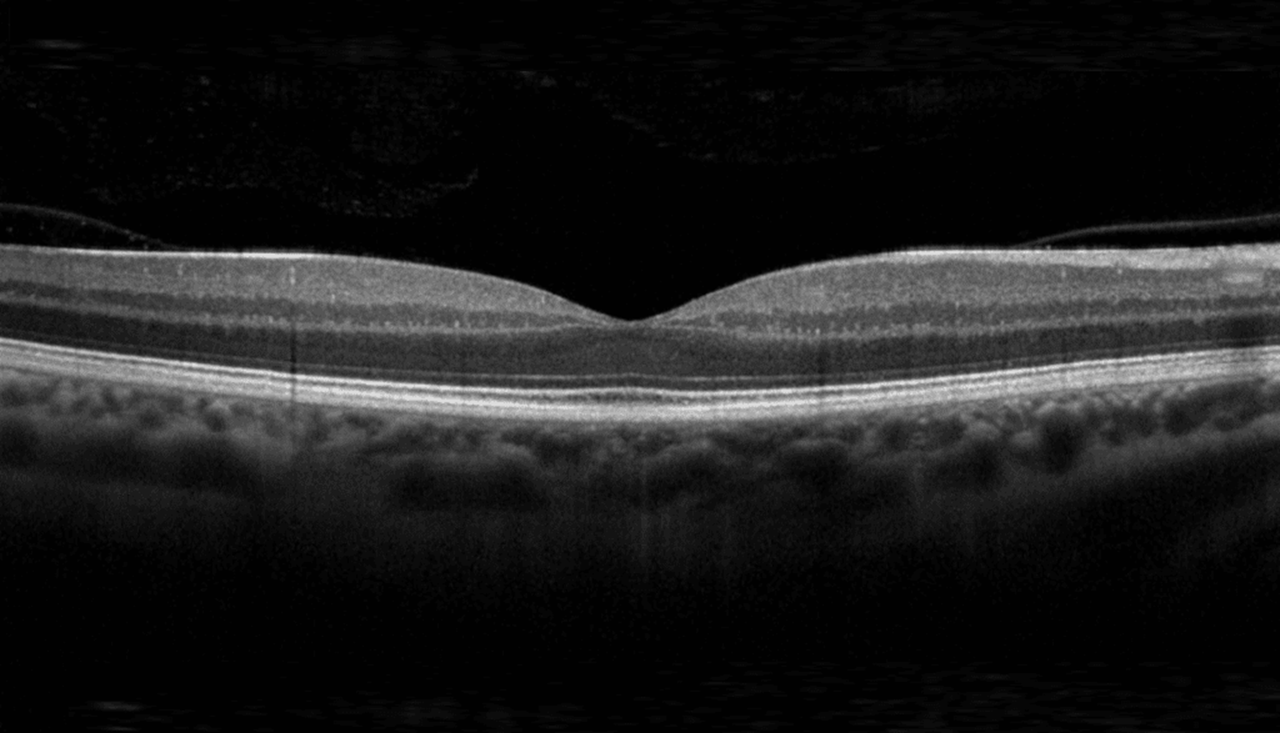
This is your eye
The patient journey
Being diagnosed with an inherited retinal disease (IRD) takes years for most patients. It usually starts with an optician noticing your sight worsening, or signs of eye damage. This leads to many tests and appointments. The aim is to work out which specific gene is faulty. Then, the doctor can explain which disease you have (the diagnosis). And, how your sight will change over time (prognosis).
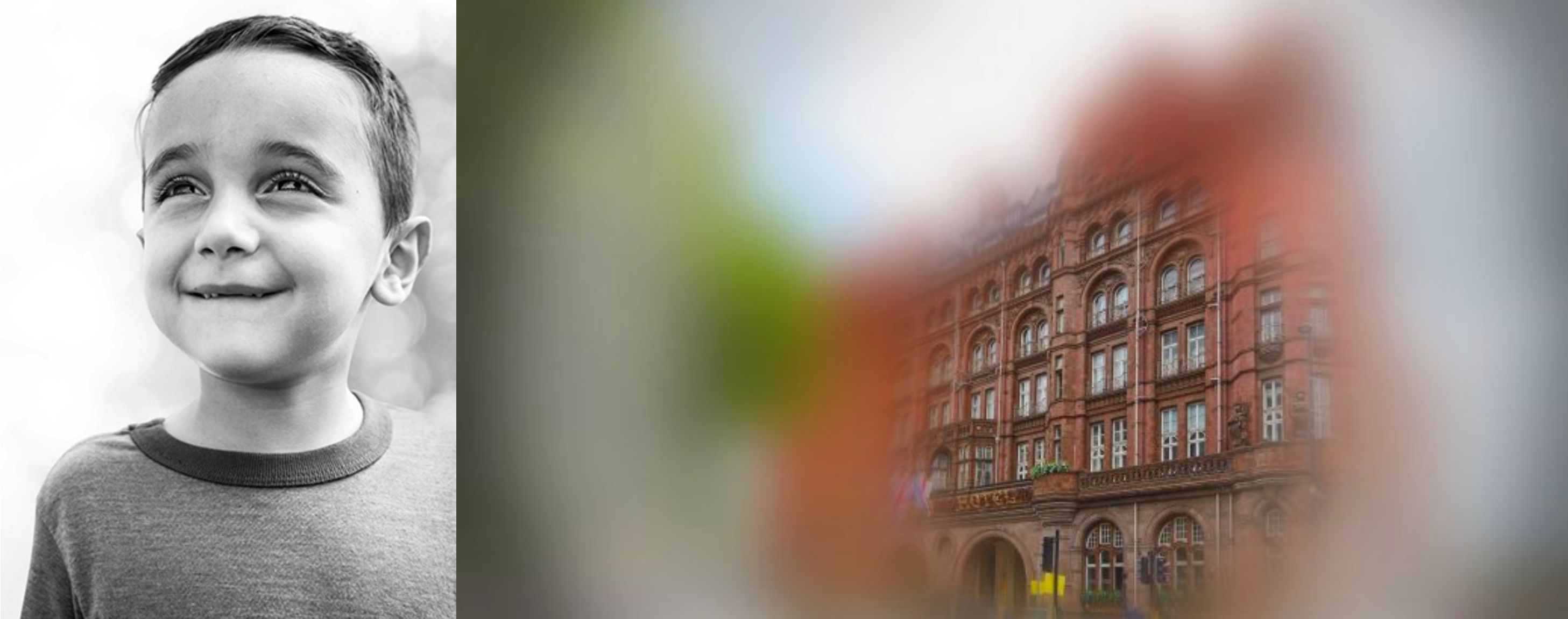
1. A young person may notice their sight worsening.
This process is hard for patients living far from eye hospitals. It is even more stressful if you do not understand why your sight is worsening. There are over 10,000 people in the UK with undiagnosed IRD. Being diagnosed will always be challenging, but could be easier with some improvements to the healthcare system.
Artificial Intelligence
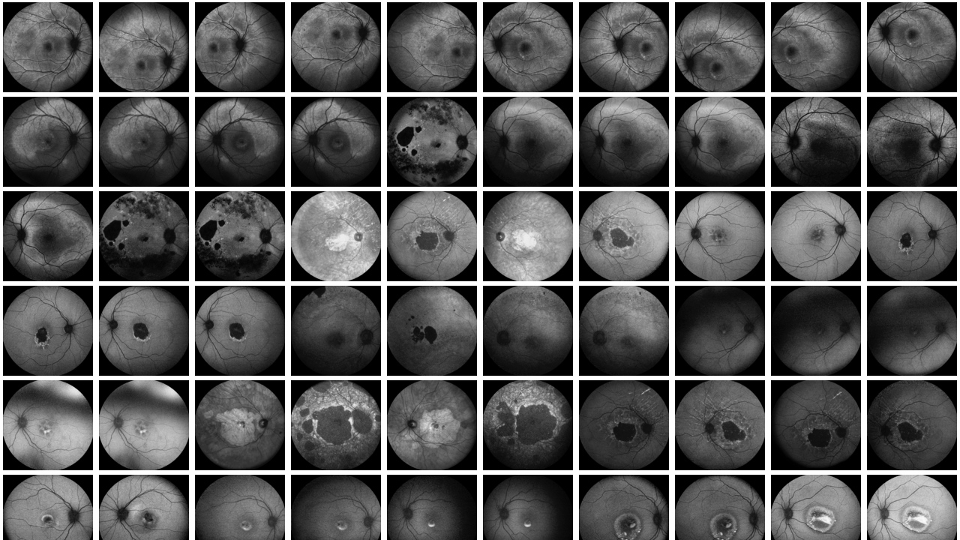
Artificial intelligence (AI) is a computer program built to perform a specific task. It gets better at that task the more it does it. This ability to learn can solve problems in medical research.
Doctors diagnose IRD by looking at eye scans. Some diseases cause specific patterns of damage to the eye, which doctors recognise to work out which disease you have. Being able to understand scans like this requires many years of experience. The most experienced doctors are called consultants. There are only 50 in the UK specialising in IRD. This limits the number of patients they can see, often following a delay.
This has sparked interest in using AI to interpret medical images. Previous research has shown AI can identify eye disease using this information.
Eye2Gene
Eye2Gene is a research project based at University College London and Moorfields Eye Hospital. Our aim is to train artificial intelligence on retinal scans to predict which inherited retinal disease the patient has, and specifically which gene is likely to be affected. Once validated, Eye2Gene can help make decisions about patient care.
Before starting, we need permission to collect patient data. This is to make sure our research is fair, responsible, and ethical. We will apply to the NHS Health Research Authority.
Next, we will source the de-identified patient data and eye scans from four eye hospitals: Moorfields; Oxford; Royal Liverpool; and Tokyo Medical Centre.
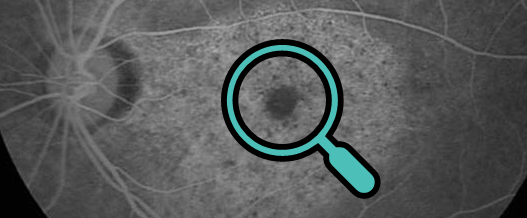
Eye doctors will help review the scans. They will confirm which inherited retinal disease each patient has and highlight signs of eye damage.
We can now build the Eye2Gene system. An AI algorithm looks at the labelled scans. It will learn to recognise damage from inherited retinal disease. And, how to work out which disease caused it.
Next, Eye2Gene will try to copy the human experts. It will look at brand new, unlabelled eye scans. Then, it will predict which inherited retinal disease they show. We tell Eye2Gene if was correct, and the process repeats until Eye2Gene can reliably identify IRD.
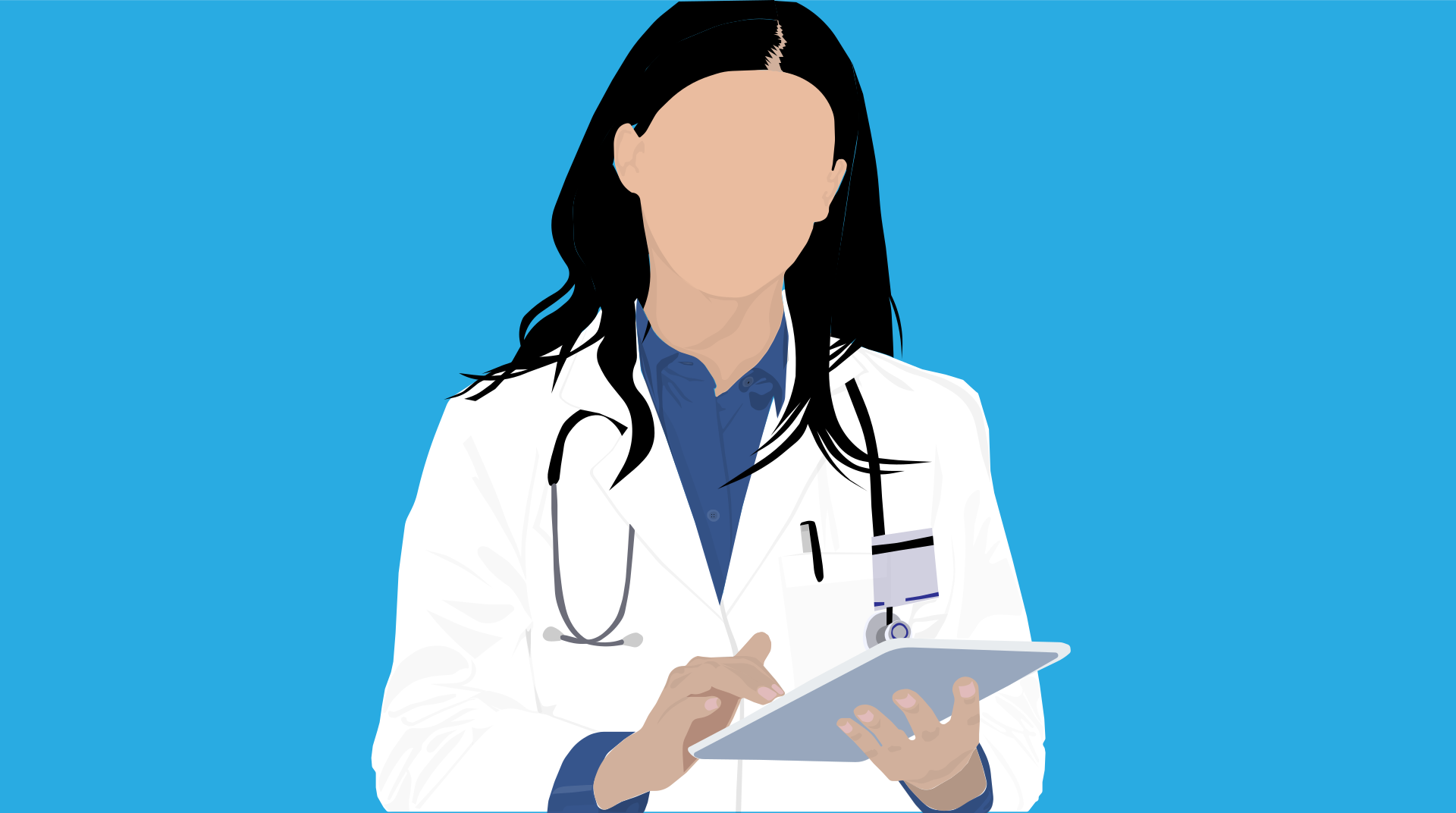
Finally, we will send Eye2Gene to the UK regulator for medical devices. Namely, the Medicines and Healthcare products Regulatory Agency. If approved, Eye2Gene can be used in the healthcare system.
You can try a demo of the Eye2Gene app here.
You can download an information sheet for your patients here.
Please contact us using the form below, if you would like to set up an account.
Meet Nikolas and William
Hi! We're Nikolas and William. We are artificial intelligence scientists leading the Eye2Gene project funded by a National Institute of Health Research (NIHR) AI award.
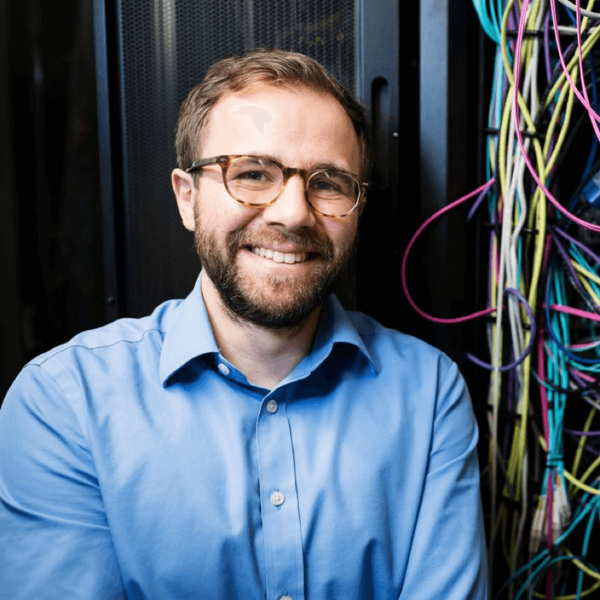
Dr Nikolas Pontikos
I am the lead for Eye2Gene. My interest in IRDs came from analysing DNA of patient affected by IRDs using computer algorithms. My background is in computer science. I run a research team based at UCL and Moorfields Eye Hospital. The aim of my team is to make healthcare more personal and effective by using AI to better understand patient data.
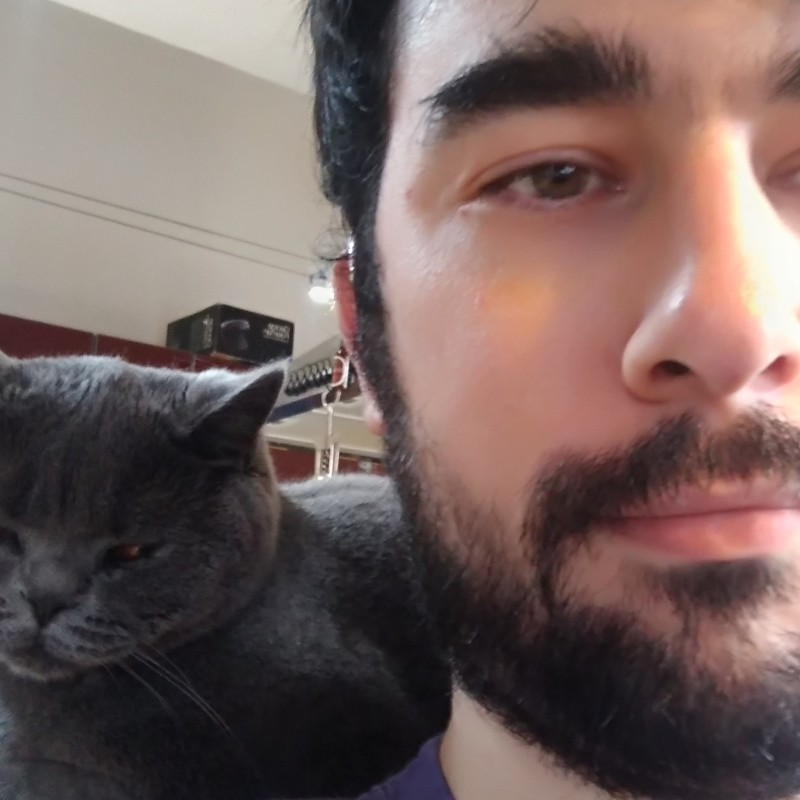
Dr William Woof
My interest in IRD started with a diagnosis at 18. Early on, I involved myself in patient support groups. I went on to study maths and AI at university. This sparked my interest in using technology to help IRD patients like myself.
But we won't be doing it alone! We work with experienced doctors who specialise in IRDs. They manage the medical aspect of our research. Their role begins with the sourcing and labelling of patient data. Then, they will ensure that Eye2Gene provides medically accurate advice. And finally, they will advise on how Eye2Gene can be integrated into the healthcare system.
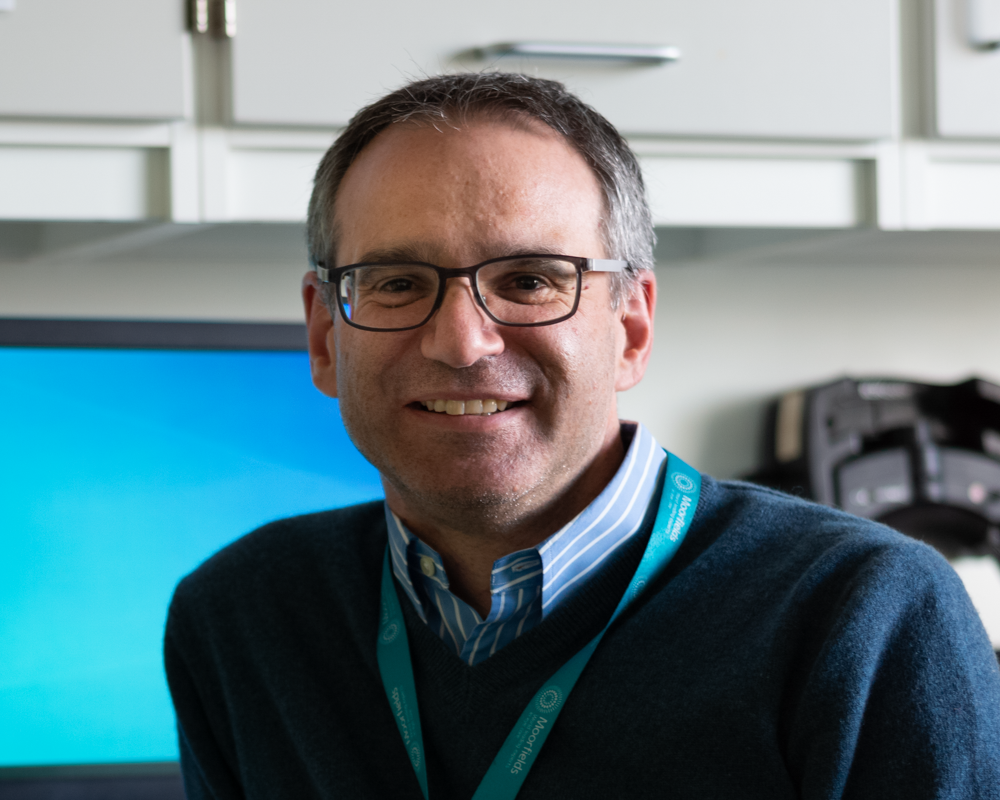 Professor Michel Michaelides
Professor Michel Michaelides- Professor of Ophthalmology, UCL
- Consultant Ophthalmologist, Moorfields Eye Hospital
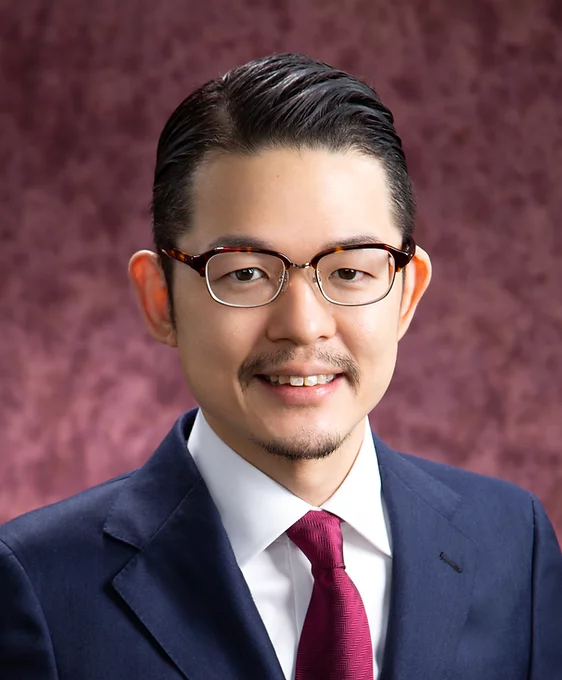 Professor Kaoru Fujinami
Professor Kaoru Fujinami- Honorary Consultant Ophthalmic Surgeon & Clinical Geneticist, Tokyo Medical Centre
- Honorary Professor of Ophthalmology, UCL
- Honorary Consultant Ophthalmologist, Moorfields Eye Hospital
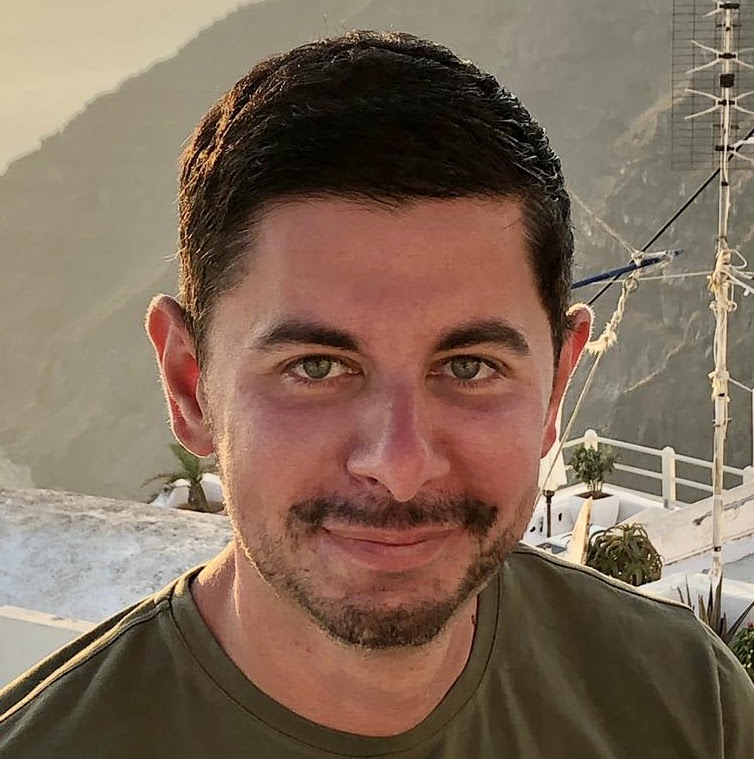 Dr Konstantinos Balaskas
Dr Konstantinos Balaskas- Associate Professor of Ophthalmology, UCL
- Director, Moorfields Ophthalmic Reading Centre & Clinical AI Lab
- Consultant Ophthalmologist, Moorfields Eye Hospital
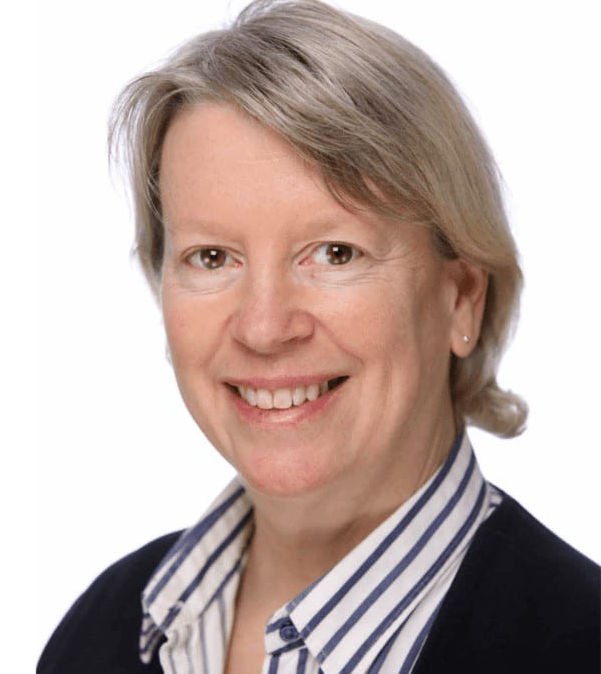 Professor Susan Downes
Professor Susan Downes- Professor of Ophthalmology, Oxford University
- Consultant Ophthalmologist, Oxford Eye Hospital
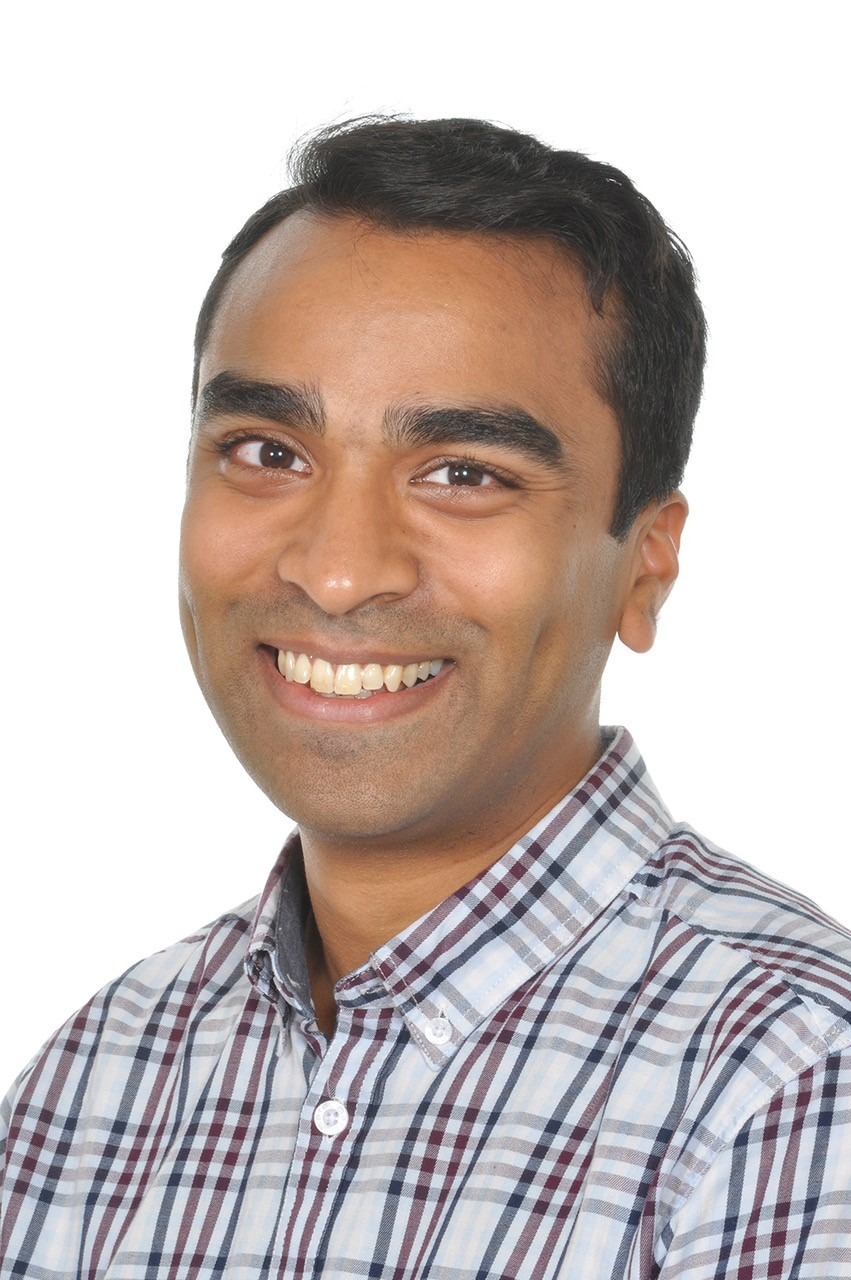 Dr Mital Shah
Dr Mital Shah- Ophthalmology Registrar, Oxford Eye Hospital
- Honorary Clinical Research Fellow, Oxford Eye Hospital
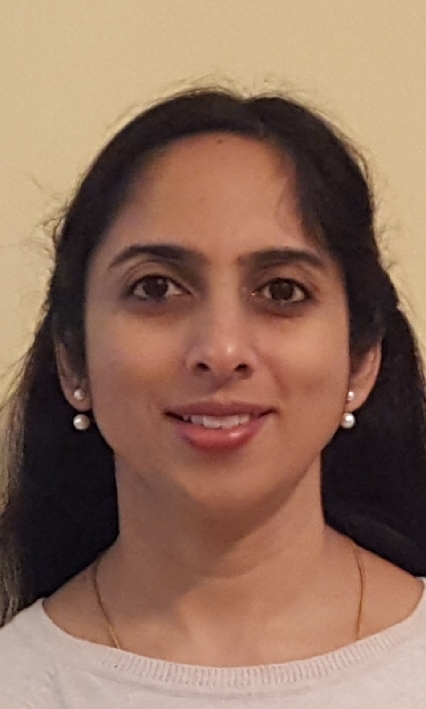 Dr Savita Madhusudhan
Dr Savita Madhusudhan- Consultant Ophthalmologist, Royal Liverpool University Hospital
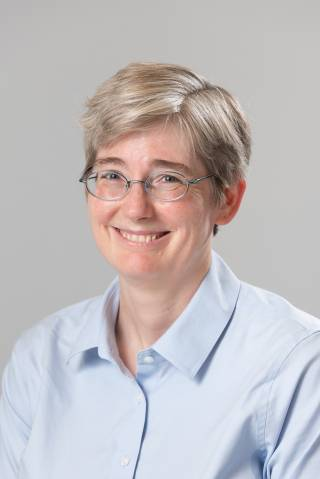 Jennifer Furman
Jennifer Furman- I am the project manager for Eye2Gene. I work at the UCL Translational Research Office.
 Dr Dayyanah Sumodhee
Dr Dayyanah Sumodhee- I am a health psychologist working at Moorfields Eye Hospital. I am passionate about helping people understand and manage their health better.
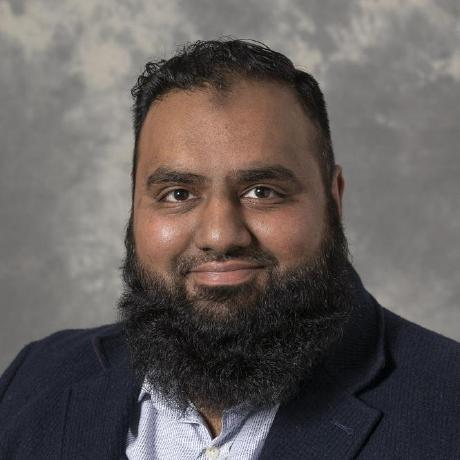 Dr Ismail Moghul
Dr Ismail Moghul- I am the chief technology officer at Phenopolis Ltd where I lead the software development team
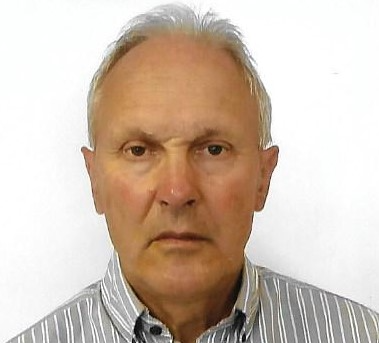 Stephen Archer
Stephen Archer- I am an engineer and project manager. I am pleased to be involved in the Eye2Gene project as my son is affected by an Inherited Retinal Disease.
Get in touch
If you are interested the Eye2Gene research, or if you or your children are IRD patients, please get in touch. We hold a patient meeting via Zoom every few months to discuss our progress. You can share suggestions on how to improve the project. Your feedback will influence the future of how we diagnose IRD.
